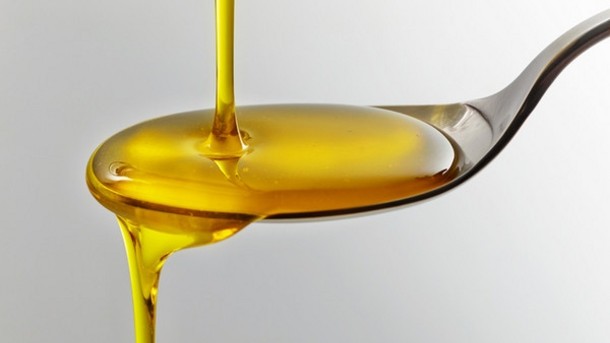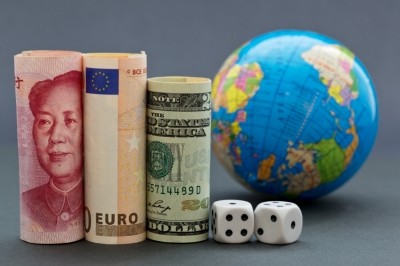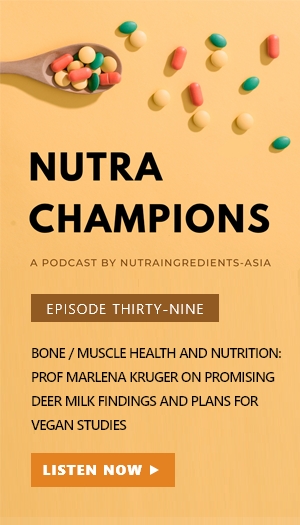Asia's 'huge potential' could create an extra $20bn of omega-3 sales

This year the market for EPA and DHA finished products is expected to grow by 11.4% in Asia. This is in stark contrast to the biggest market — North America — which is projected to grow by just 0.2%.
GOED executive director Adam Ismail said: “Most of the marketing dollars from big companies are being spent in China, even though that’s not where the majority of their sales are at the moment, because they want to get into the high growth areas.”
He added: “The east and south east Asia omega-3 market is expected to develop very quickly, very soon. It’s likely that per capita spending will develop accordingly.”
At present, per capita spending on omega-3 supplements in Asia stands at US$0.49. In China alone, that number is $0.26. At the other end of the scale, per capita spending is $12.53 in Australia, $5.57 in Canada and $3.70 in the US.
Increase sales
Ismail added: “Per capita spending is much lower in Asia, yet that's where all the growth is, so imagine the potential. We think if we can get Asia sales up to the levels we see in more mature markets, it could be worth an extra $20bn.
“The global omega-3 market will be fine simply due to the pace of economic development in the world. Developing countries alone could triple the size of the market if per capita spending reaches European levels.”
Speaking at the USCHPA’s annual China summit in Shanghai recently, Ismail added that the global omega-3 ingredient market had grown at 1% CAGR over the past four years, with Asia accounting for two-thirds of the increase in 2016.
“While other countries contributed less, only Europe actually declined in 2016, primarily due to declines in 18/12-type dietary supplements,” said Ismail.
Margins decline
Although overall ingredient volumes are growing slightly, prices have been under pressure due to overcapacity.
“Gross margins for refiners and concentrators are declining,” added Ismail.
“Increased raw material prices have offset gains in operating efficiencies, so the only way for companies to generate sufficient margin to cover their overhead is to increase sales.”
He said the main barrier to growth remained oxidation concerns, most of which research has shown to be unfounded.
In terms of opportunities, he said product innovation and new delivery formats could fuel growth.
“Many consumers are simply looking for a more convenient way to consumer their omega-3s because they find it too difficult to prepare seafood or take large pills. This trend started in the US, but is now increasing elsewhere,” he said.











